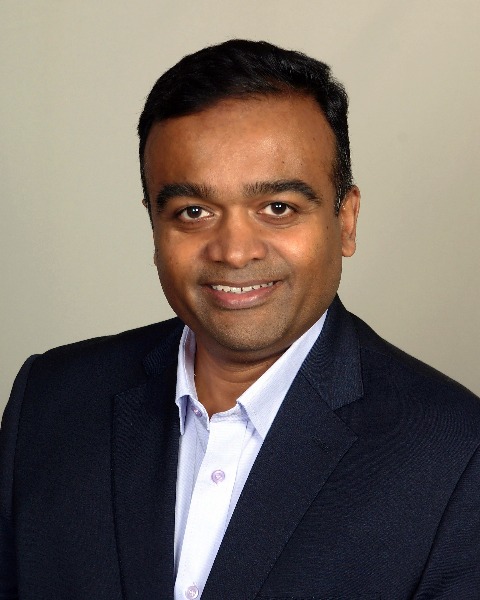Diversity and Inclusive Design
Deconstructing Engagement – Intersectionality and Community Planning Post-Pandemic
Wednesday, May 8, 2024
11:15 AM - 12:15 PM CT
Location: Channel 3
CM | 1 Equity
.jpg)
Beth Elliott, AICP (she/her/hers)
Principal
STANTEC
MINNEAPOLIS, MN
Binoy George Panicker, AICP
Principal Urban Planner and Designer
Ayres Associates
Tampa, FL- JC
Jasmine N. Carey
Roseville, MN
Moderator and Speaker(s)
Speaker(s)
Truly effective engagement is an art, not a science. It is not about implementing a formula or checking a box, but instead customizing a process to meet community aspirations and project goals. Planners still need to apply best practices and success metrics to determine that our engagement processes reach audiences most impacted by our work.
Session participants will learn how to apply an intersectionality framework to an engagement plan to achieve more human-centered planning and design approaches. While we as planners talk about defining stakeholder groups by the character of community land uses or demographics, intersectionality shifts us to think through the lens of the individual. The pandemic has taught us that people bring multiple identities into our planning processes along with the inequities and disadvantages they have experienced in their lives.
Our speakers will apply their diverse backgrounds and experiences to discuss projects where they have used an intersectionality perspective in designing engagement processes with lessons learned by conducting community engagement through and after a pandemic. Participants will learn about media platforms in a Florida project, testing a community ambassador program in a Dallas suburb, and training community co-creation teams in Minnesota.
Session participants will learn how to apply an intersectionality framework to an engagement plan to achieve more human-centered planning and design approaches. While we as planners talk about defining stakeholder groups by the character of community land uses or demographics, intersectionality shifts us to think through the lens of the individual. The pandemic has taught us that people bring multiple identities into our planning processes along with the inequities and disadvantages they have experienced in their lives.
Our speakers will apply their diverse backgrounds and experiences to discuss projects where they have used an intersectionality perspective in designing engagement processes with lessons learned by conducting community engagement through and after a pandemic. Participants will learn about media platforms in a Florida project, testing a community ambassador program in a Dallas suburb, and training community co-creation teams in Minnesota.
Learning Objectives:
- Compare how diverse communities across the country have evolved in their engagement practices coming out of the pandemic.
- Learn how to apply an intersectionality analysis to your engagement process using tools such as the IAP2 Spectrum of Public Participation.
- Review best practices for developing a project engagement plan that prioritizes effective, inclusive, and consensus-based engagement techniques.
